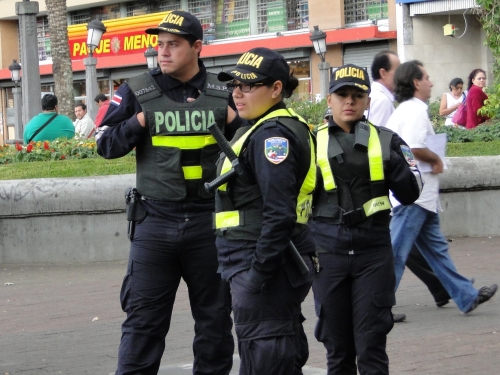
This article was originally published by the Council on Foreign Relations (CFR) on 1 November 2016.
While much attention is rightly focused on Syria and the Middle East, there are a growing number of refugees in the Western Hemisphere.
The largest group comes from Central America’s Northern Triangle—Guatemala, El Salvador, and Honduras. For each of the past three years between 300,000 and 450,000 Central Americans have fled north. Of these, between 45,000 and 75,000 are unaccompanied children; another 120,000 to 180,000 families (usually a mother with children); and between 130,000 to 200,000 single adults. These numbers peaked in May and June 2014 when more than 8,000 unaccompanied minors crossed the U.S. border each month. 2016 numbers are again rising, with August inflows higher than ever before.
These migrants are fleeing violence (El Salvador, Honduras, and Guatemala are some of the most dangerous nations in the world), poverty, and the economic devastation wrought after three years of record droughts. They are pulled to the United States through personal ties. One study of interviewed minors found 90 percent had a mother or father in the United States. Many of these U.S. residents from Honduras and El Salvador came on temporary protected status (TPS) visas, meaning they can live and work legally in the United States but may not sponsor other family members (including their children).




